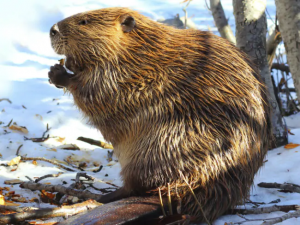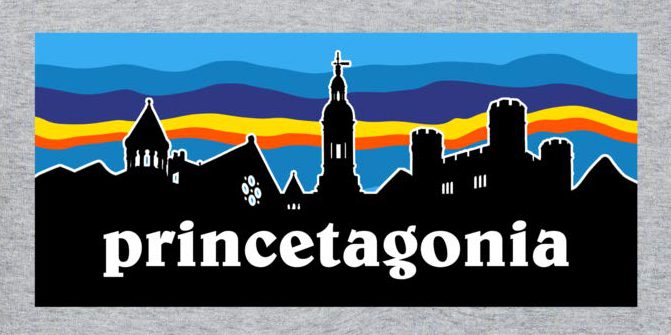Protection of species requires resources and management outside of fire control as well, feeding into the balance of efforts on the part of the park systems. In Tierra del Fuego National Park, introduction of Castor canadensis or the American beaver has caused damage to the ecosystem that is important to acknowledge. The beaver doesn’t have predators in the region and causes a lot of harm to the trees in their area. Beaver influences actually reduce forest land in favor of conversion to meadows, removing trees to create dams and inhabiting the flat land. Nothofagus species thrive off of minor disturbance within an ecosystem, but repeated impacts from beavers have stunted their regrowth. Leveling forests and reducing biodiversity runs rampant, as park systems seek to control the foreign species.

Invasive species provide underlying challenge and consideration for park management. The beaver adapts the ecosystem to fit its needs and moves when resources run scarce. Increased globalization presumably led to the introduction of the invasive beaver, something that seems to mirror support for development of human infrastructure in previously natural areas. Unfettered growth must be reigned in to balance with biodiversity and ecosystem support. The parks currently act after the fact, cleaning up the mess the beavers created, similar to how they try to salvage any remaining ecosystem after a fire, which requires careful monitoring and enforcement. In both cases, it is clear that being proactive is the most sustainable solution. Future administrations work with the same land regardless of what occurred there in the past, and they can only do so much to walk back harmful actions or reactions. Parks management seeks to ensure their resources and treasures for the future, and so reactive management will only take them so far. These are the considerations that must exist in good decision-making.


